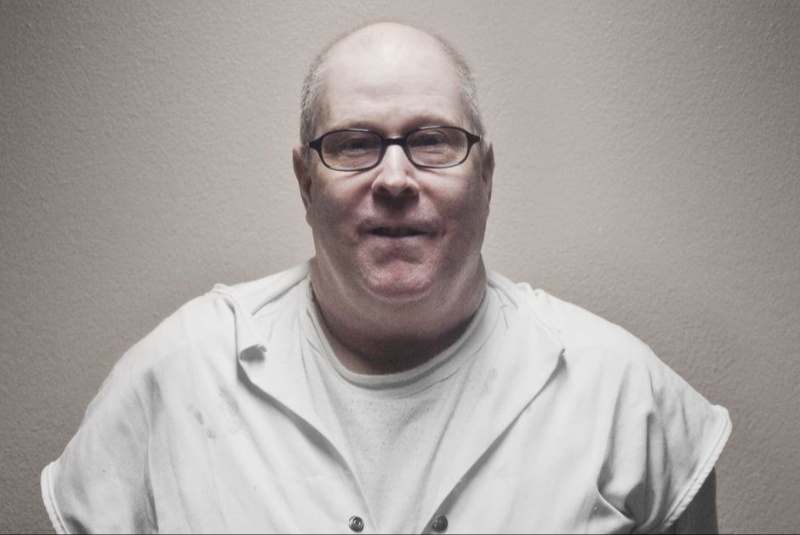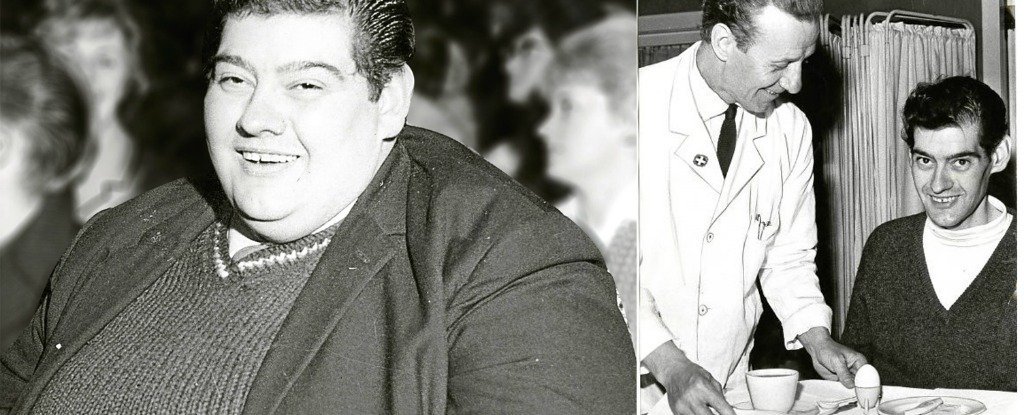Steven Jay Russell's life reads like a Hollywood script, rife with twists and turns that defy belief. His story is not just one of a man's struggle with the law but an audacious display of wit, deceit, and an indomitable will to break free. The tale of Russell is one that takes us deep into the psyche of an individual whose escapades have left an indelible mark on the annals of criminal history.
Born in 1957, Steven Jay Russell’s journey into notoriety began in a manner that is almost Shakespearean in its tragedy and comedy. The paradoxical blend of his criminal activities, driven by his intellect and charm, paints a complex portrait of a man often one step ahead of the authorities.

His most famous escape came about in 1998 when he was paroled to a hospice, a sign-off to what seemed the final chapter of his life. The stage was set for a quiet end to a tumultuous life; Russell was reportedly on his deathbed, his body ravaged by HIV/AIDS. The Department of Criminal Justice, perhaps showing a touch of humanity, allowed him the dignity to die in peace.
But the tale was far from over. In an astonishing turn of events, Steven Jay Russell was not ready to take his final bow. A death certificate soon arrived at the Texas Department of Criminal Justice, seemingly closing the case of Russell. Yet, in a narrative twist worthy of a film, this master of disguise was not done. Just weeks after his supposed death, he was found alive and re-arrested, proving that even in the most dire of straits, Russell was a man who refused to be caged.
The roots of his deceptive practices trace back even further. Russell's foray into the world of crime began with attempts at insurance fraud, faking accidents for the lure of easy money. Despite his intelligence, his schemes were amateurish at first, and inevitably, he was caught and sentenced to a short prison term.
It was here, within the confines of the penal system, that Russell's true talent for escape became evident. His first jailbreak was audacious in its simplicity: he masqueraded as a prison guard and walked out. This initial taste of freedom set the precedent for a series of escapes that would make him infamous.
The most audacious aspect of his life on the run was not just the escapes themselves but what he managed to accomplish while at large. Russell bluffed his way into a CFO position, an astounding feat for someone with no relevant experience. His cunning and confidence were such that he could embezzle vast sums of money before the law caught up to him once again.
His exploits reached such a level that his bail was set at an exorbitant $950,000—until he persuaded a clerk to reduce it dramatically by impersonating a judge. The sheer boldness of his actions often left the authorities in a state of disbelief, struggling to keep up with a man who seemed to view the prison system as little more than a minor inconvenience.
But it was not just in the art of escape that Russell excelled; he was a master of reinvention. His third imprisonment saw him adopt new personas with ease, faking diseases and manipulating the system from within. Each escape, each reinvention, added years to his sentence and notoriety to his legend.
Despite the nonviolent nature of his crimes, the persistence of his escape attempts has led to a 99-year sentence. It's a heavy penalty for a man whose greatest offense seems to be an insatiable desire for freedom and a refusal to play by the rules set by society.
In dissecting the life of Steven Jay Russell, one finds a narrative rich with sociological and psychological strands. His story poses questions about the nature of incarceration, the will to freedom, and the lengths to which one man will go to avoid the chains of captivity. It also highlights the often-fragile nature of our systems of control, how they can be bent and sometimes broken by those who understand their mechanics.
The paradox of Russell's life is that while he has been condemned for his actions, he has also become something of a folk hero. His story has inspired books, movies, and articles, each attempting to understand the man behind the myths. It is a testament to the complexity of human nature that a man can be both a criminal and an icon, an embodiment of the desire to be unfettered.
His life, now confined within the walls of a prison for what could be the remainder of his days, poses a stark reminder of the fine line between genius and folly. The ultimate irony of Steven Jay Russell's existence is that the man who so fervently sought freedom has now become defined by his confinement.
In considering the entirety of Russell's life, from his humble beginnings to his current status as a long-term inmate, one must delve into the broader implications of his actions. What does it say about our society that a man like Russell, clearly intelligent and resourceful, chose the path of deception and crime? Could his talents have been harnessed for good had circumstances been different?
The exploration of such questions is essential to understanding the enigma of Steven Jay Russell. His story, although unique, is not an isolated case. It is a reflection of larger societal issues that encompass justice, rehabilitation, and the potential for redemption.
The saga of Steven Jay Russell is far from a mere criminal record; it is a narrative about the human spirit, its flaws, and its incredible potential. As his life story continues to be written behind bars, it remains a poignant reminder of the lengths to which one man will go for freedom and the complexity of the human condition.
With Russell's incarceration set to continue, one wonders what his legacy will be. Will he be remembered as a mastermind of escape, a cautionary tale, or a symbol of a flawed justice system? Only time will tell, but one thing is certain: the story of Steven Jay Russell will continue to captivate and provoke thought long after he has gone.
In conclusion, the narrative of Steven Jay Russell's life is as complex as it is fascinating. It challenges us to think about our values, our laws, and the nature of punishment. His life is a canvas on which broader societal issues are painted, and his legacy, much like his life, will likely be a blend of contrasting hues. As we reflect on his journey, we are compelled to consider not only the man himself but also the world that shaped him and the future he now faces.




